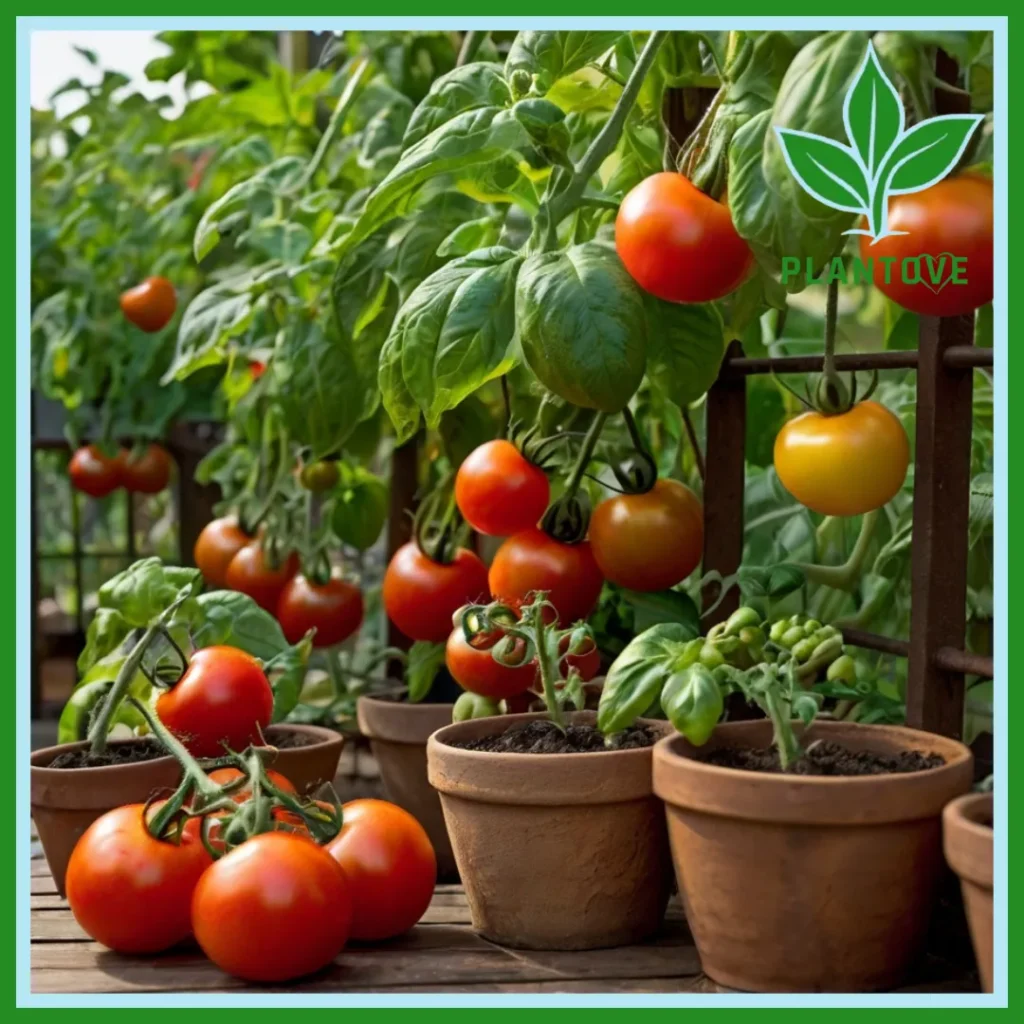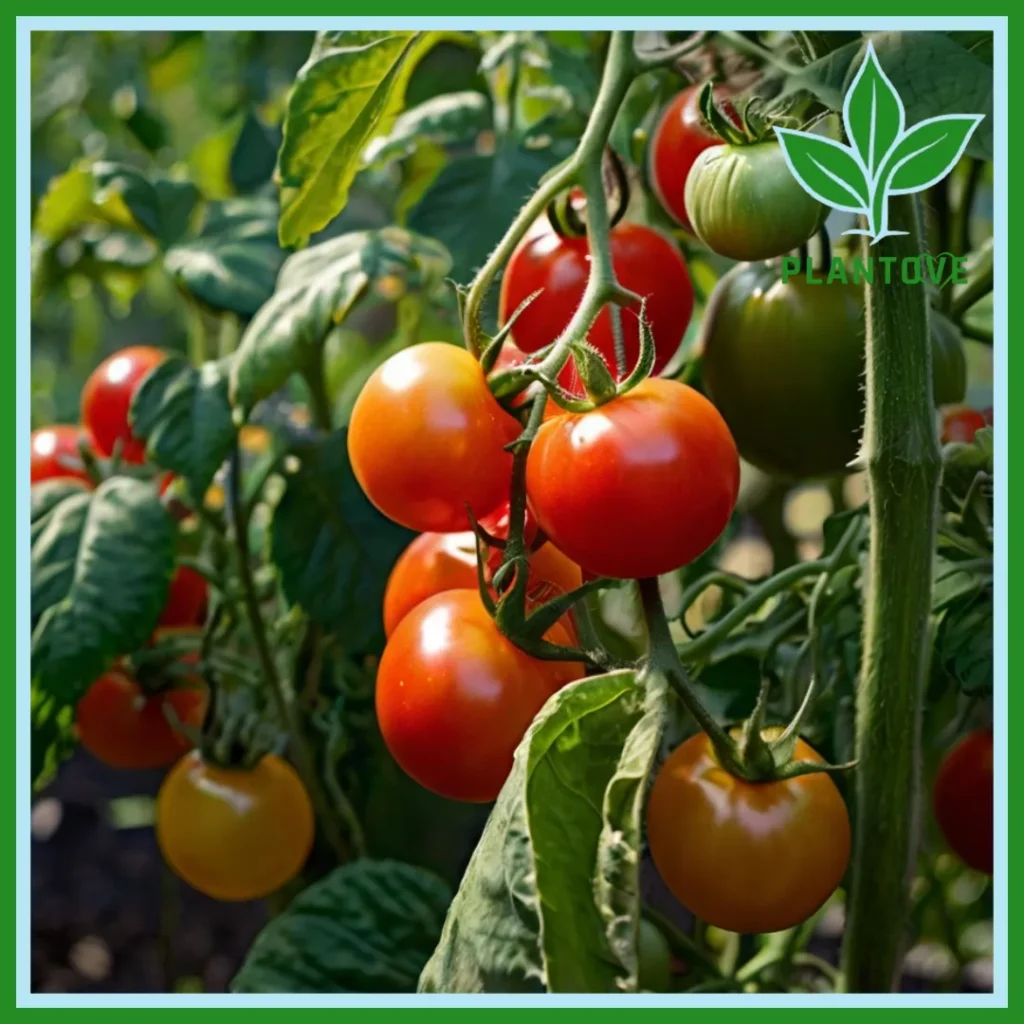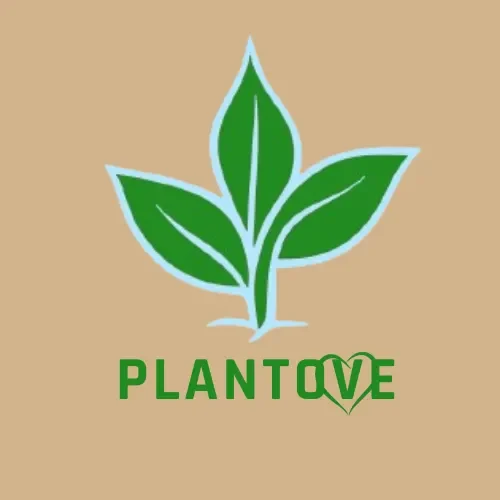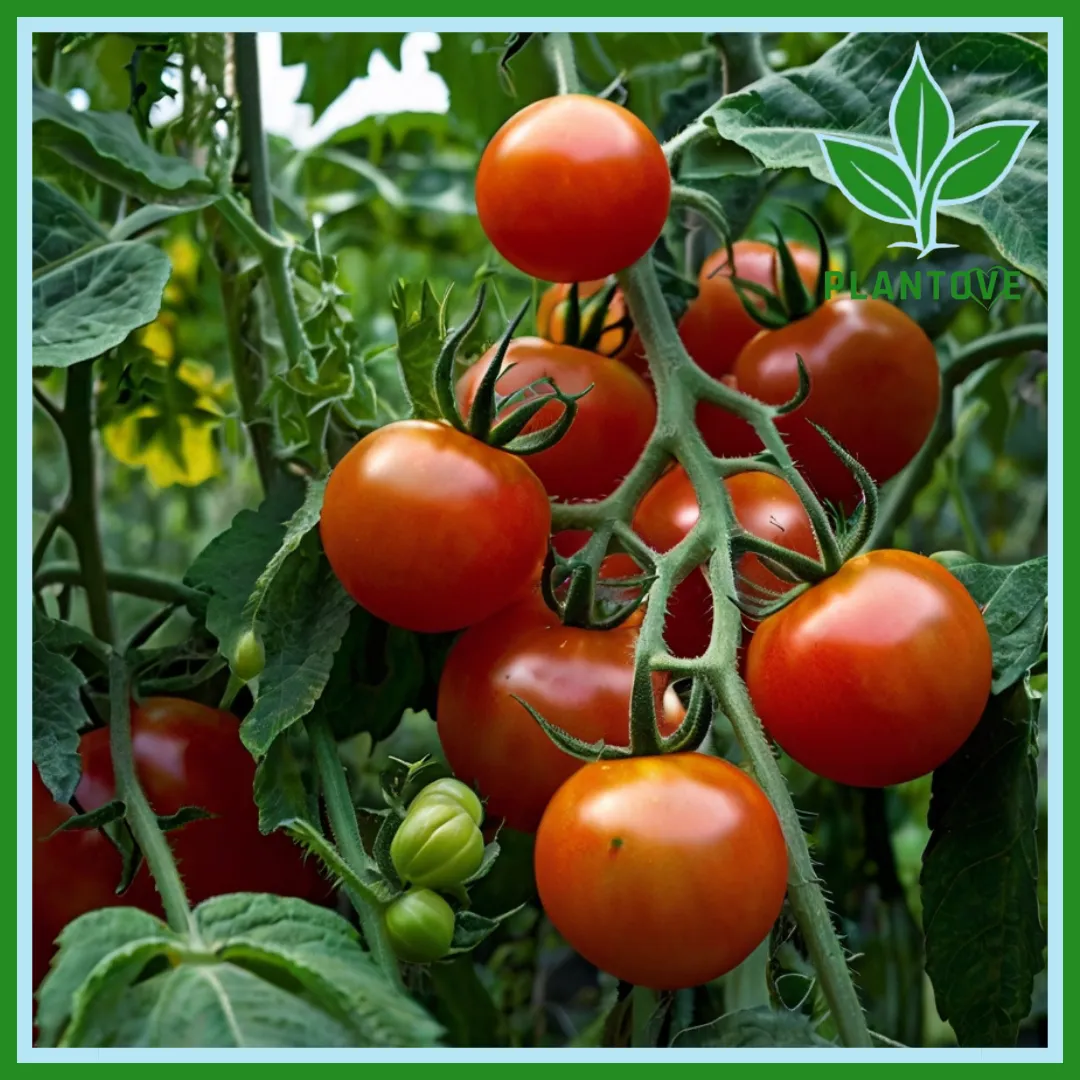Tomato plants are a favorite among gardeners and chefs alike, celebrated for their rich flavors and versatility in the kitchen. Whether you are a seasoned gardener or just starting out, understanding how to properly cultivate, maintain, and optimize the growth of tomato plants can lead to a thriving garden and a bountiful harvest. This comprehensive guide will delve into the essentials of growing tomato plants, including how to grow them in pots, maintain their health, and boost their growth speed. By following these detailed steps, you’ll be well on your way to a successful tomato gardening experience.
Understanding Tomato Plants
Tomato plants belong to the Solanaceae family, which includes other garden staples like potatoes, peppers, and eggplants. Native to western South America, these plants have been cultivated for thousands of years and come in a variety of types and flavors.
Types of Tomato Plants
Determinate Tomato Plants
Determinate tomato plants, also known as bush tomatoes, grow to a specific height and then stop. They produce fruit all at once, which is ideal for those who wish to harvest a large quantity of tomatoes simultaneously. This characteristic makes them particularly suited for canning or making sauces. Determinate varieties are generally more compact, require less staking, and often have a more uniform harvest.
Indeterminate Tomato Plants
Indeterminate tomato plants, or vining tomatoes, continue to grow and produce fruit throughout the growing season. These plants can reach heights of up to 10 feet and require more space and support. They offer a continuous supply of tomatoes, making them ideal for fresh eating and slicing. The ongoing fruit production allows for a more extended harvest period, which is beneficial for those who prefer fresh tomatoes over a single large batch.
Choosing the Right Tomato Plant
Selecting the right type of tomato plant involves considering several factors:
- Climate: Different tomato varieties have varying tolerance levels to temperature and humidity. Choose varieties that are well-suited to your local climate.
- Space: Determine whether you have enough space for indeterminate varieties or if a more compact determinate type would be more appropriate.
- Usage: Decide what you want to do with your tomatoes. For canning and sauces, determinate varieties are often preferred, while indeterminate varieties are excellent for fresh consumption.
Tomato Plant Varieties
Here are a few popular tomato varieties to consider:
- Cherry Tomatoes: Small, sweet, and perfect for snacking or salads.
- Beefsteak Tomatoes: Large, meaty, and ideal for sandwiches and burgers.
- Roma Tomatoes: Thick, low in water content, and excellent for making sauces and pastes.
- Heirloom Tomatoes: Known for their rich flavors and unique colors, these tomatoes are often prized for their taste and variety.
How to Grow Tomatoes in Pots

Growing tomatoes in pots is an excellent solution if you have limited garden space or want to cultivate tomatoes on a patio or balcony. Container gardening offers flexibility and convenience, allowing you to manage your plants more easily.
Choosing the Right Pot
Selecting the appropriate pot is crucial for the success of your tomato plants. Here’s what to consider:
- Size: Choose a pot that is at least 18 inches in diameter and 18 inches deep. A larger pot can accommodate a more extensive root system and support more vigorous growth.
- Material: Pots come in various materials, including plastic, clay, and ceramic. Ensure the pot you choose has drainage holes to prevent waterlogging, which can lead to root rot.
- Portability: If you need to move your pots, consider using lightweight materials or placing them on rolling carts to make relocation easier.
Soil and Fertilization
The right soil and fertilization are key to healthy tomato plants:
- Soil: Use a high-quality potting mix designed for vegetables. Tomato plants need well-draining soil that retains moisture without becoming waterlogged. A mix that contains compost, peat moss, and perlite is ideal.
- Fertilization: Incorporate a balanced fertilizer or compost into the potting mix before planting. Tomato plants are heavy feeders and require a steady supply of nutrients. Apply a balanced liquid fertilizer every 4-6 weeks throughout the growing season.
Planting and Care
Proper planting and care techniques will help your tomato plants thrive:
Planting Depth
When planting tomatoes, bury them deeper than they were in their nursery containers. This encourages strong root development. Plant the tomato up to the first set of leaves. If the plant is leggy, you can bury a portion of the stem to promote additional root growth.
Watering
Tomatoes in pots require consistent watering, especially in hot weather. Water the plants deeply but allow the soil to dry out slightly between waterings. Overwatering can lead to root rot, so ensure the potting mix is well-draining.
Support
Tomato plants need support as they grow. Use stakes, cages, or trellises to keep the plants upright and prevent the fruit from touching the soil. For indeterminate varieties, a sturdy cage or trellis is essential to support the plant’s height and spread.
Tomato Plant Maintenance

Maintaining healthy tomato plants involves several key practices. Regular attention to these tasks will ensure your plants remain productive and disease-free.
Pruning Tomato Plants
Pruning is an essential practice for improving air circulation and sunlight exposure. It helps to prevent diseases and promotes healthier fruit production:
- Suckers: Remove suckers, which are the shoots that grow between the main stem and branches. For indeterminate varieties, pruning suckers helps concentrate the plant’s energy on fruit production.
- Lower Leaves: Remove the lower leaves that are touching the soil. This reduces the risk of soil-borne diseases and improves air circulation around the plant.
Fertilizing
Tomato plants are heavy feeders and require regular fertilization:
- Balanced Fertilizer: Use a balanced fertilizer or one specifically formulated for tomatoes. Apply fertilizer every 4-6 weeks during the growing season.
- Avoid Over-Fertilization: Excessive fertilizer can lead to lush foliage growth at the expense of fruit production. Follow the recommended application rates and avoid over-fertilizing.
Pest and Disease Management
Tomato plants are susceptible to various pests and diseases. Regular inspection and proactive management are crucial:
- Pests: Common pests include aphids, whiteflies, and tomato hornworms. Use organic pest control methods, such as insecticidal soaps or neem oil, to manage these pests.
- Diseases: Tomato plants can suffer from diseases such as blight, powdery mildew, and blossom end rot. To prevent diseases, ensure proper watering practices, avoid overhead watering, and remove affected plant parts.
How to Make Tomato Plants Grow Faster
Speeding up the growth of tomato plants can lead to earlier harvests and a more productive growing season. Several strategies can help accelerate growth:
Optimal Growing Conditions
Tomatoes thrive in warm temperatures and plenty of sunlight:
- Temperature: Tomatoes grow best in temperatures between 70-85°F (21-29°C). Protect your plants from frost and extreme heat to ensure optimal growth.
- Sunlight: Provide your tomato plants with at least 6-8 hours of direct sunlight each day. If growing indoors, use grow lights to supplement natural light.
Soil Preparation
Starting with nutrient-rich soil is essential for faster growth:
- Soil Composition: Enrich the soil with compost or well-rotted manure before planting. This improves soil structure, provides essential nutrients, and enhances water retention.
- pH Level: Tomatoes prefer soil with a pH level between 6.0 and 6.8. Test the soil and amend it if necessary to achieve the ideal pH range.
Use of Growth Stimulants
Growth stimulants can provide additional nutrients and hormones to promote faster development:
- Organic Amendments: Use organic growth stimulants such as fish emulsion or seaweed extract. These products contain essential nutrients and hormones that support plant growth.
- Regular Applications: Apply growth stimulants according to the manufacturer’s instructions, typically every 2-4 weeks during the growing season.
Consistent Care
Maintaining consistent care practices will support healthy and rapid growth:
- Watering: Keep the soil consistently moist but not waterlogged. Use mulch to retain moisture and regulate soil temperature.
- Fertilization: Follow a regular fertilization schedule to provide your plants with a steady supply of nutrients. Avoid over-fertilizing, which can lead to excessive foliage growth.
Common Issues and Troubleshooting
Even with the best care, tomato plants can encounter problems. Here’s how to address some common issues:
Blossom End Rot
Blossom end rot is characterized by dark, sunken spots on the bottom of the fruit. It is often caused by a calcium deficiency or inconsistent watering.
- Prevention: Ensure consistent watering and use a balanced fertilizer that includes calcium. Mulch around the plants to retain soil moisture.
- Treatment: Remove affected fruit and address the underlying cause, such as improving soil calcium levels.
Tomato Blight
Tomato blight is a fungal disease that causes dark, water-soaked lesions on leaves and fruit.
- Prevention: Avoid overhead watering and ensure good air circulation around the plants. Remove infected plant parts and practice crop rotation.
- Treatment: Use fungicidal sprays if necessary and follow organic disease management practices.
Pests
Pests such as aphids, whiteflies, and tomato hornworms can damage tomato plants.
- Prevention: Regularly inspect plants for pests and use organic pest control methods. Encourage beneficial insects that prey on common pests.
- Treatment: Apply insecticidal soap or neem oil to affected areas. Hand-pick larger pests like tomato hornworms.
Harvesting and Storing Tomatoes
Knowing when and how to harvest tomatoes ensures you enjoy their peak flavor:
Harvesting
- Ripeness: Harvest tomatoes when they are firm and have reached their full color. For most varieties, this is when the fruit is a rich red, though some varieties may be orange, yellow, or purple.
- Method: Gently twist the fruit off the plant or use pruning shears to cut the stem. Avoid pulling or yanking the fruit to prevent damage to the plant.
Storing
- Ripening: If you harvest tomatoes before they are fully ripe, place them in a warm, sunny spot to ripen further. Avoid refrigeration until the tomatoes are fully ripe, as cold temperatures can affect flavor and texture.
- Preservation: For long-term storage, consider canning or freezing tomatoes. Canning allows you to preserve the tomatoes in jars, while freezing can be done by blanching and then freezing the fruit.
Conclusion
Tomato plants offer a rewarding gardening experience with their vibrant colors, rich flavors, and versatility. By understanding the different types of tomato plants, mastering the art of pot cultivation, maintaining healthy plants, and employing strategies to boost growth, you can enjoy a productive and satisfying gardening season. From selecting the right varieties to managing pests and diseases, this guide provides the tools and knowledge you need to cultivate thriving tomato plants and savor the fruits of your labor. Happy gardening!

